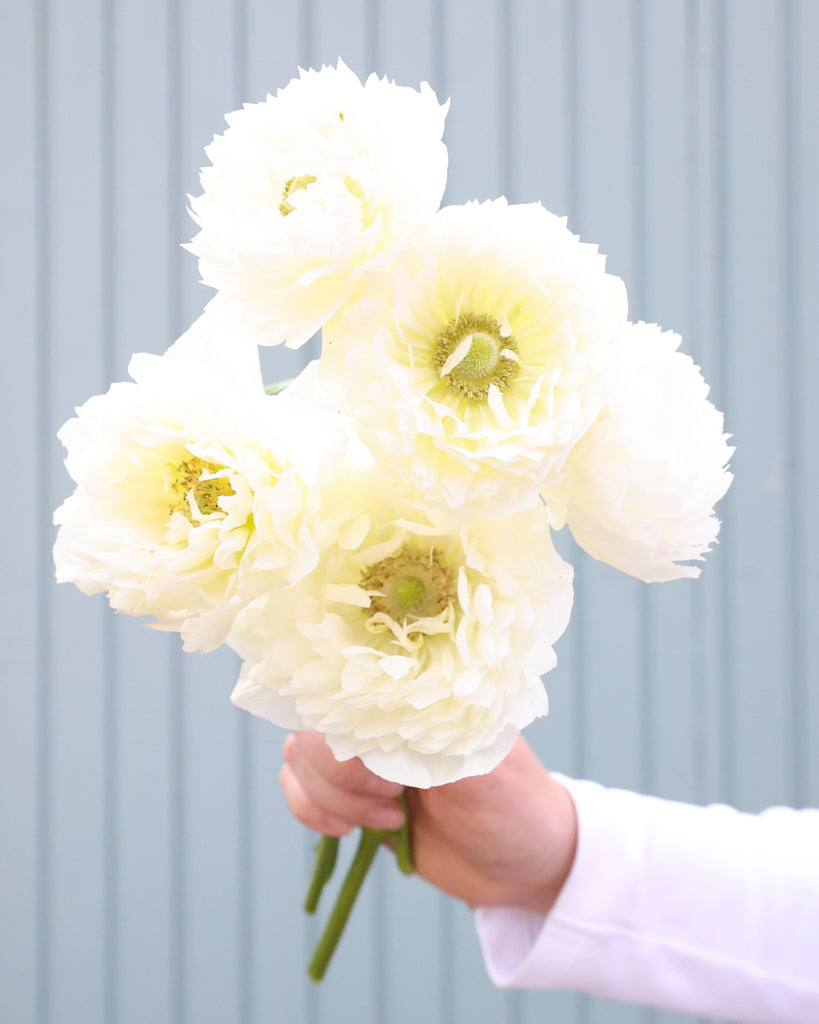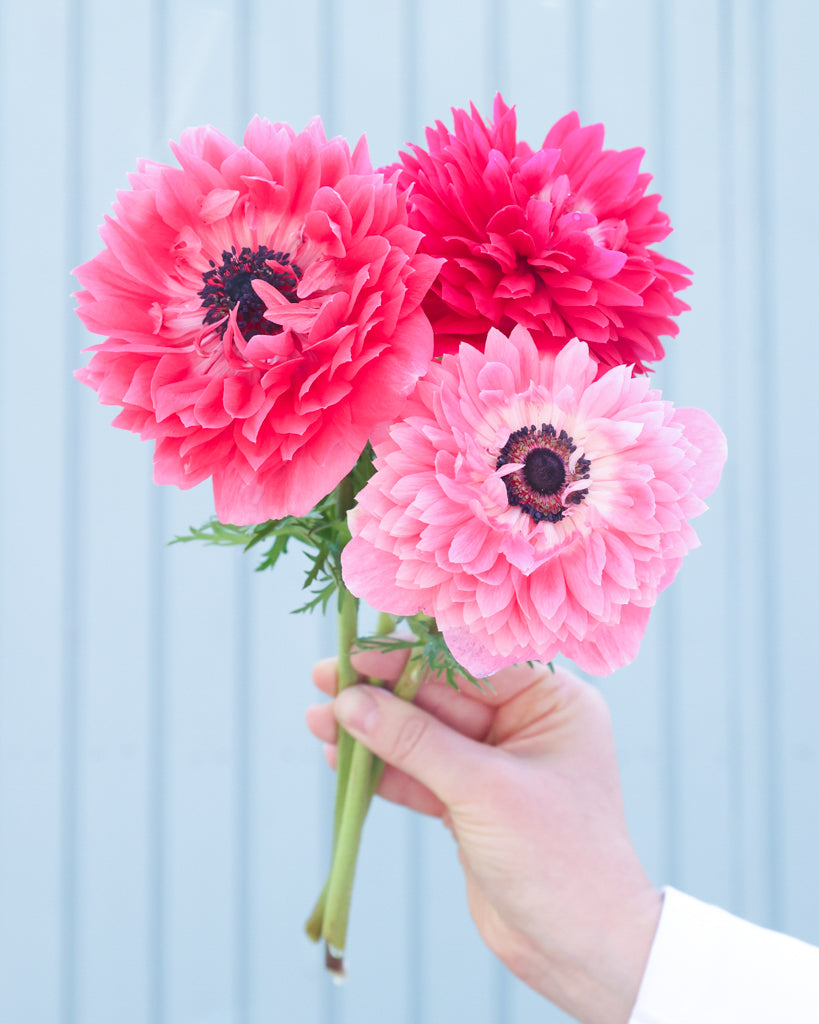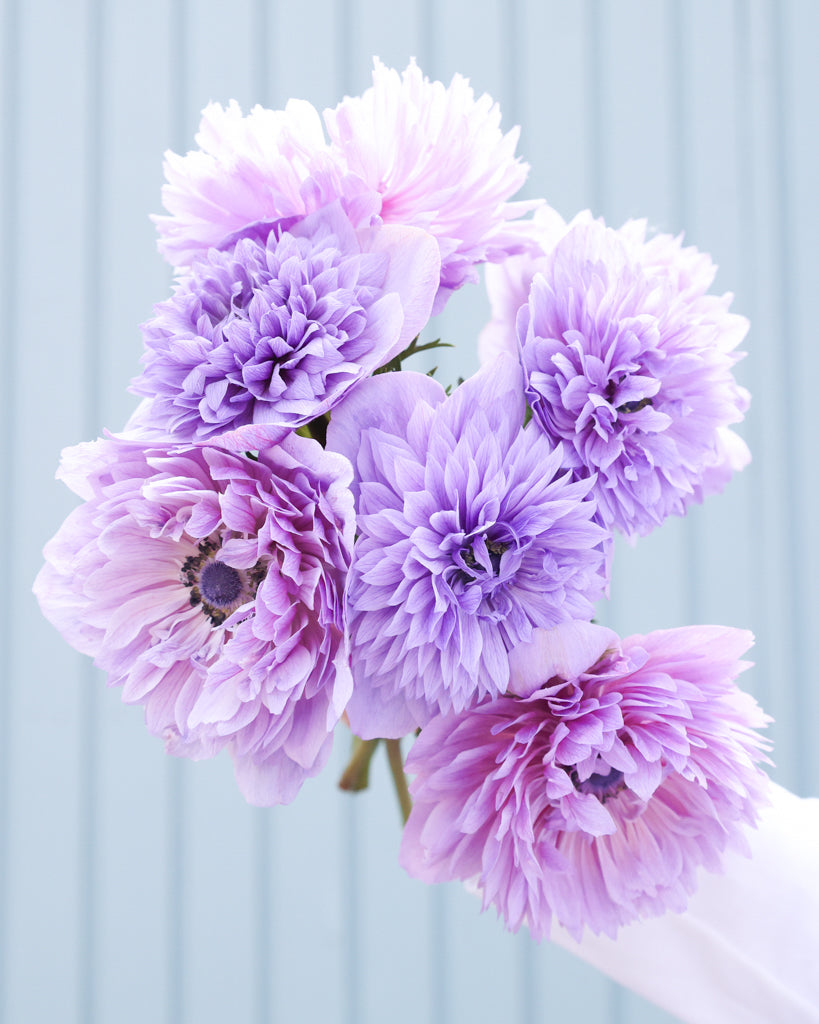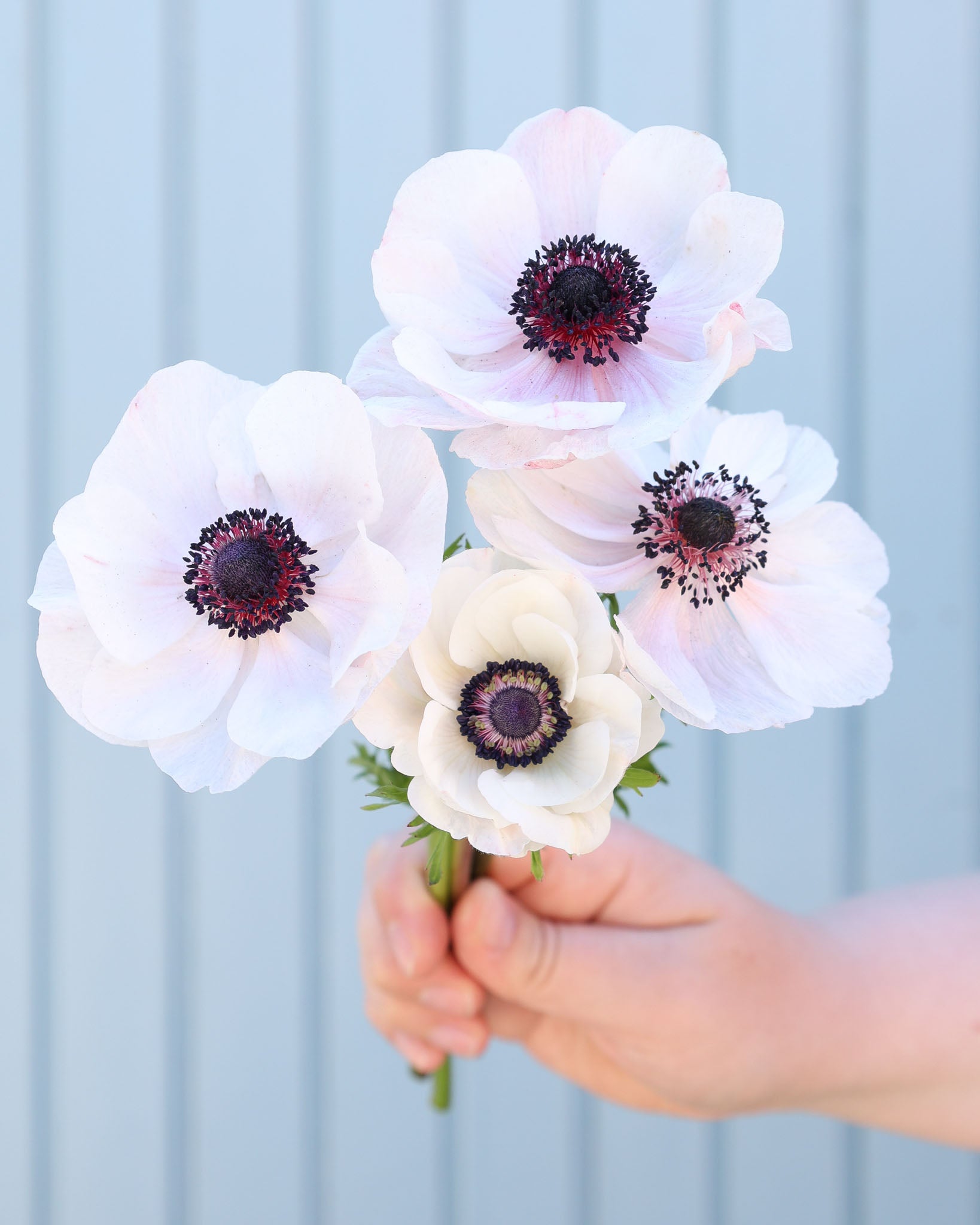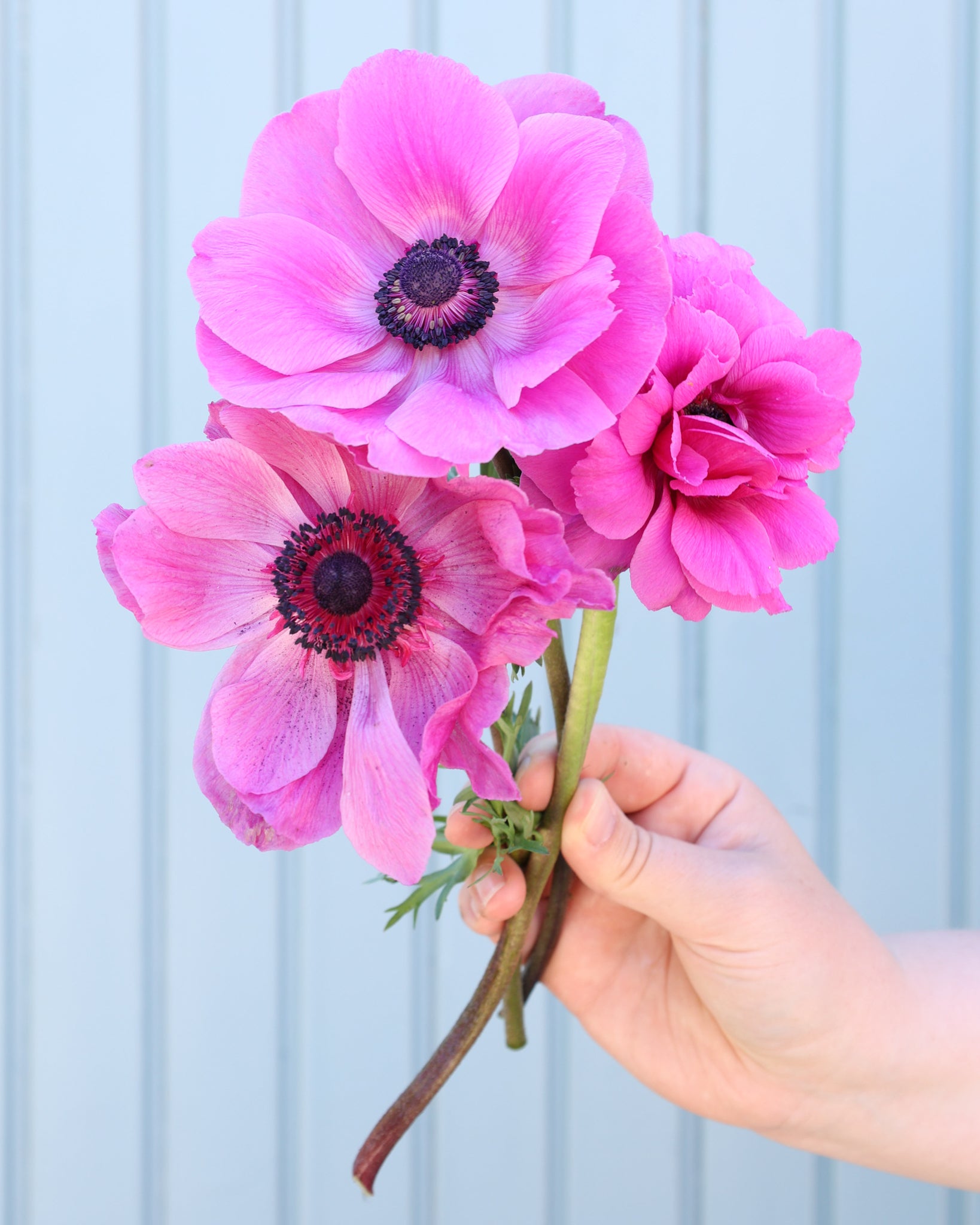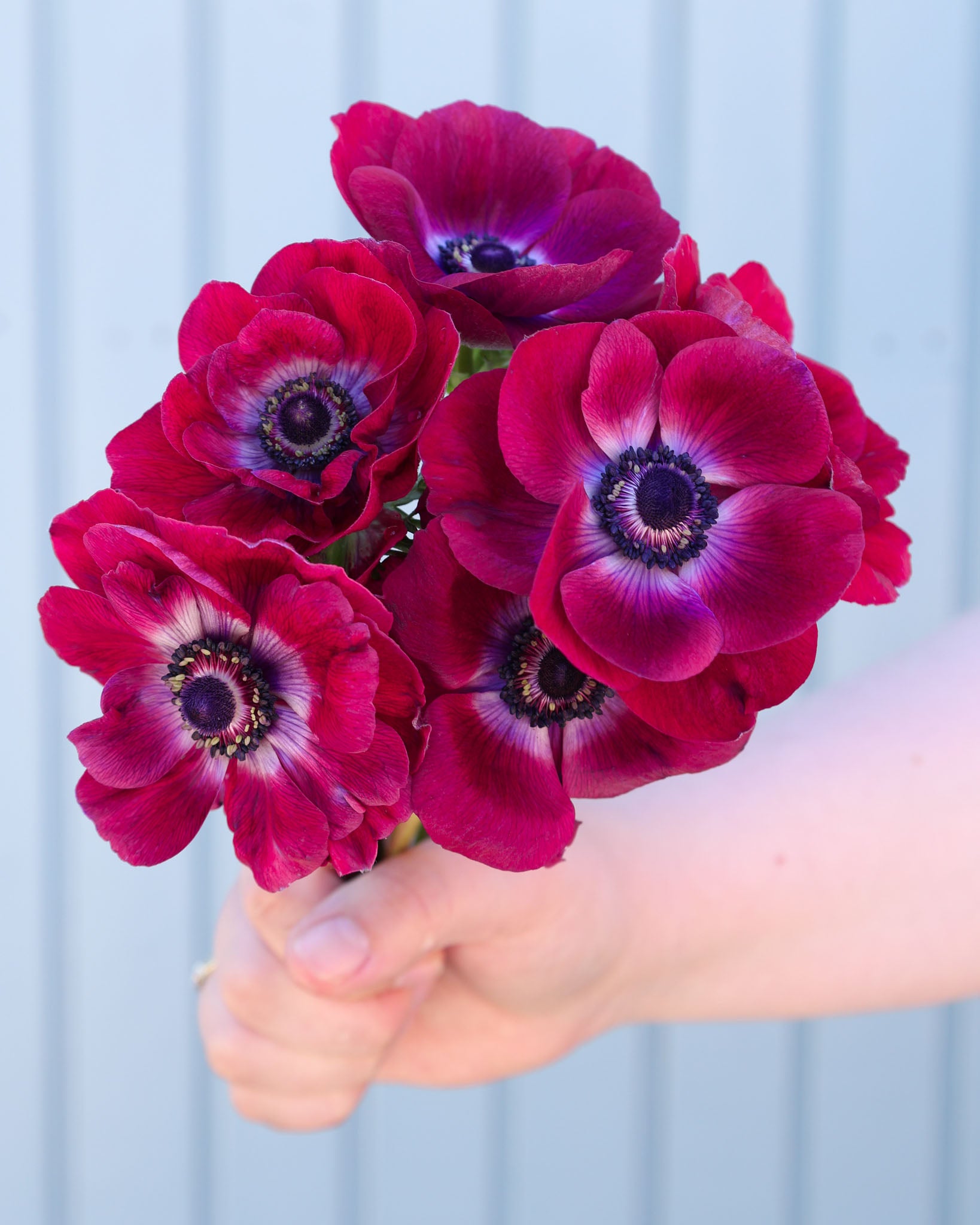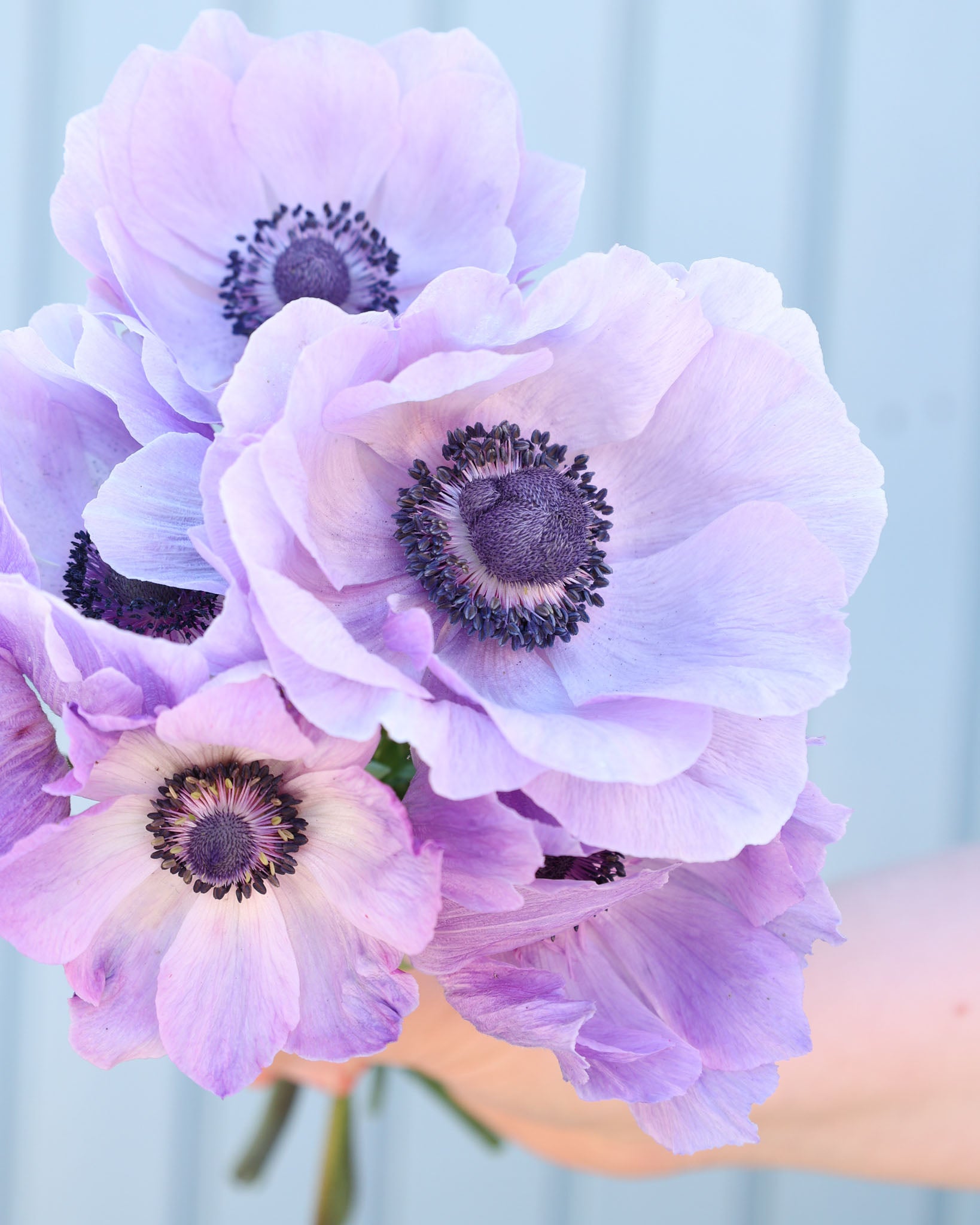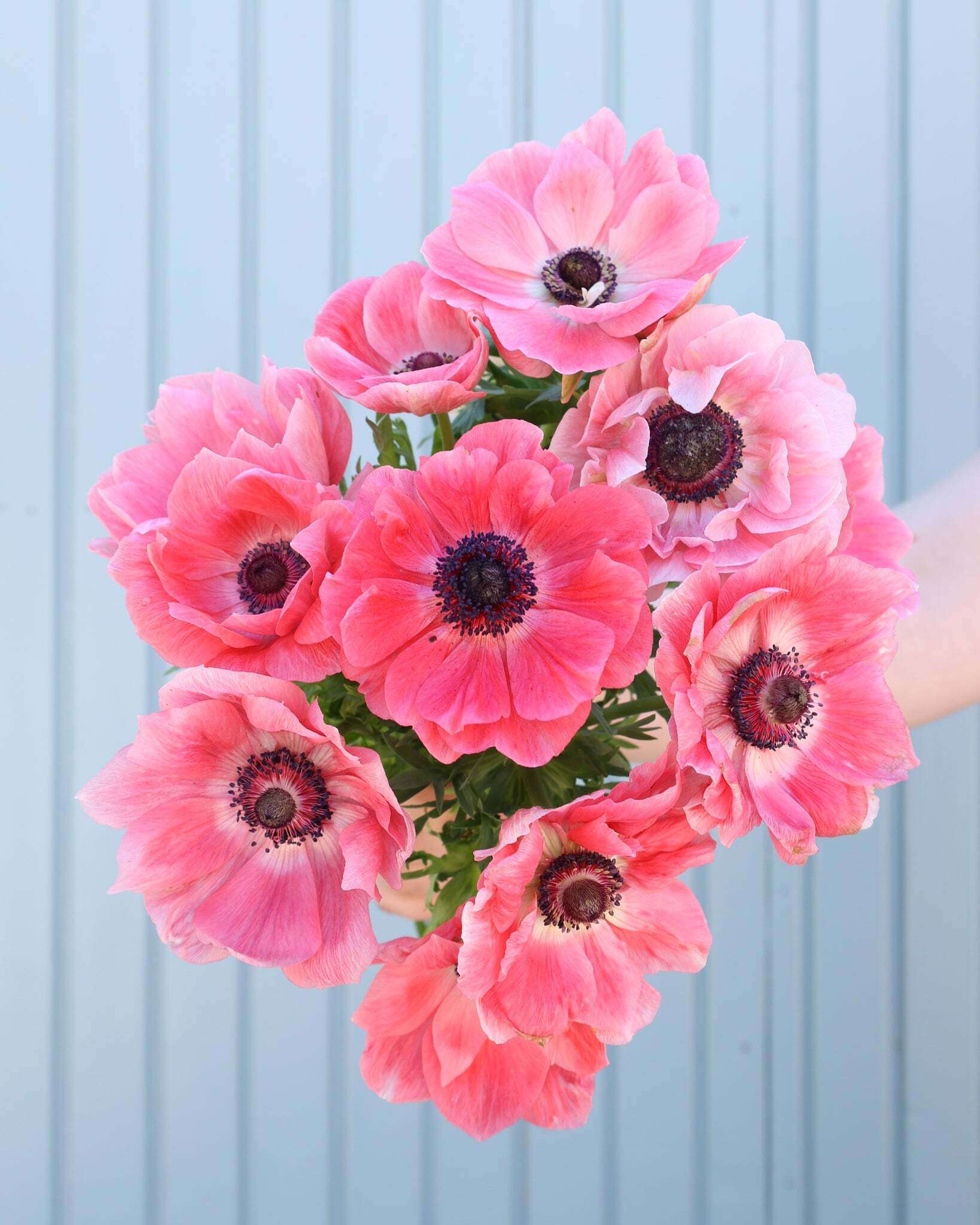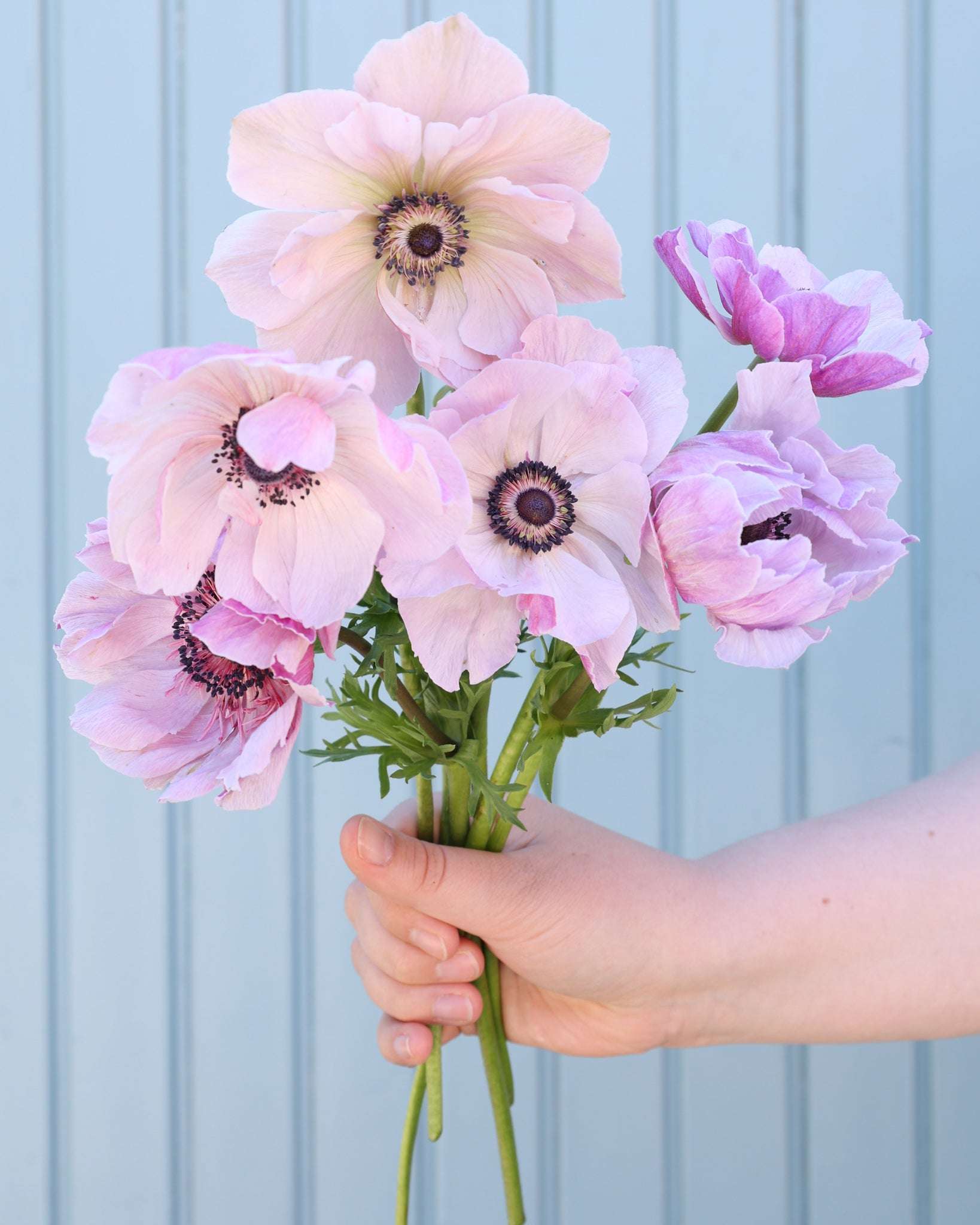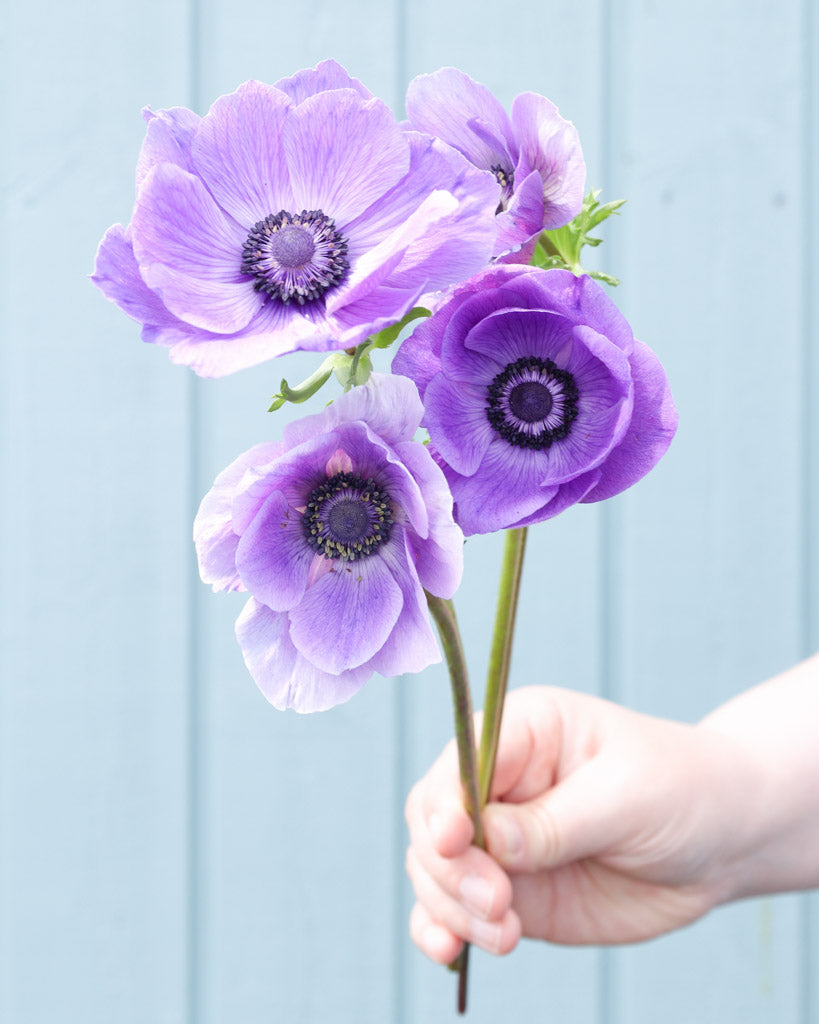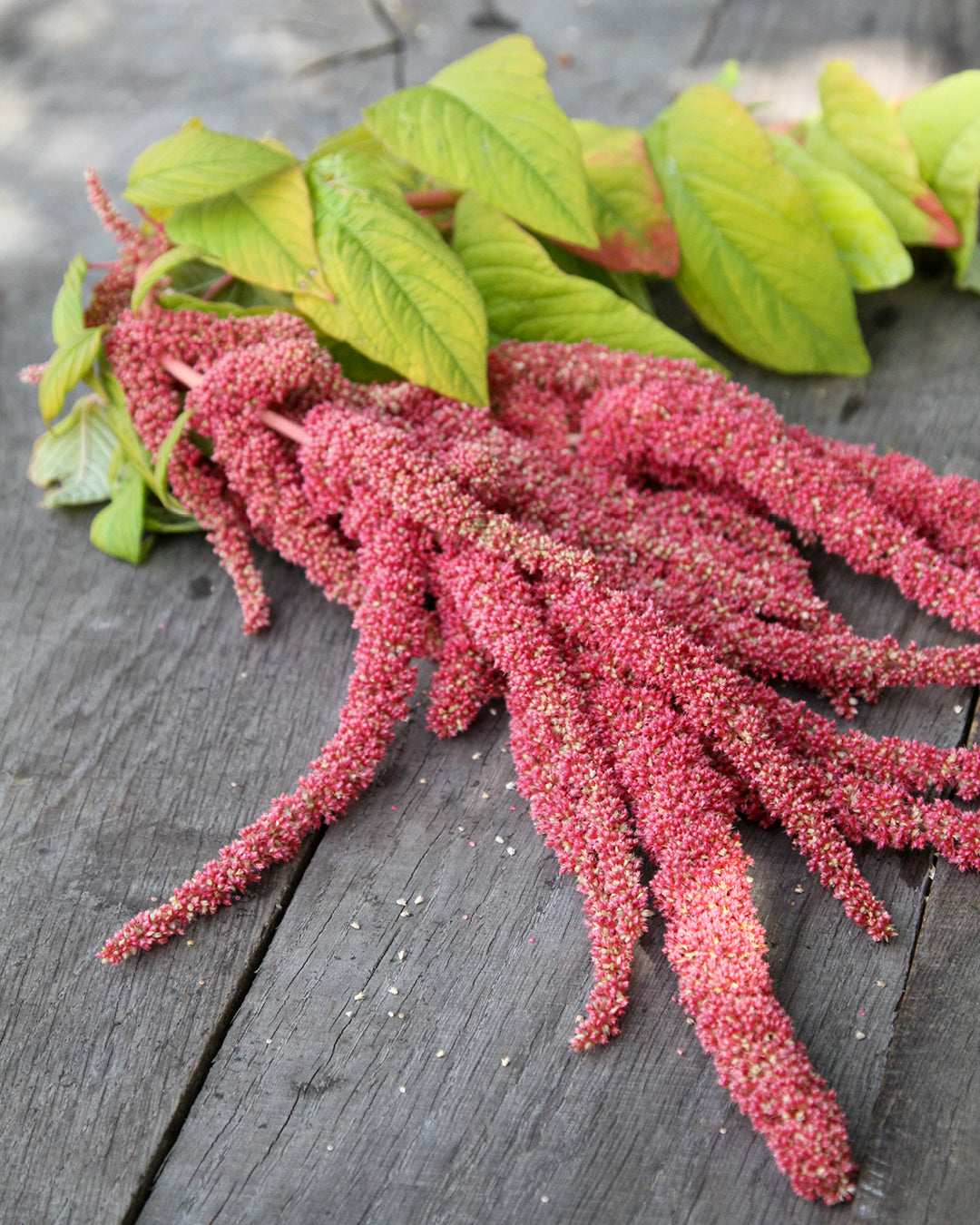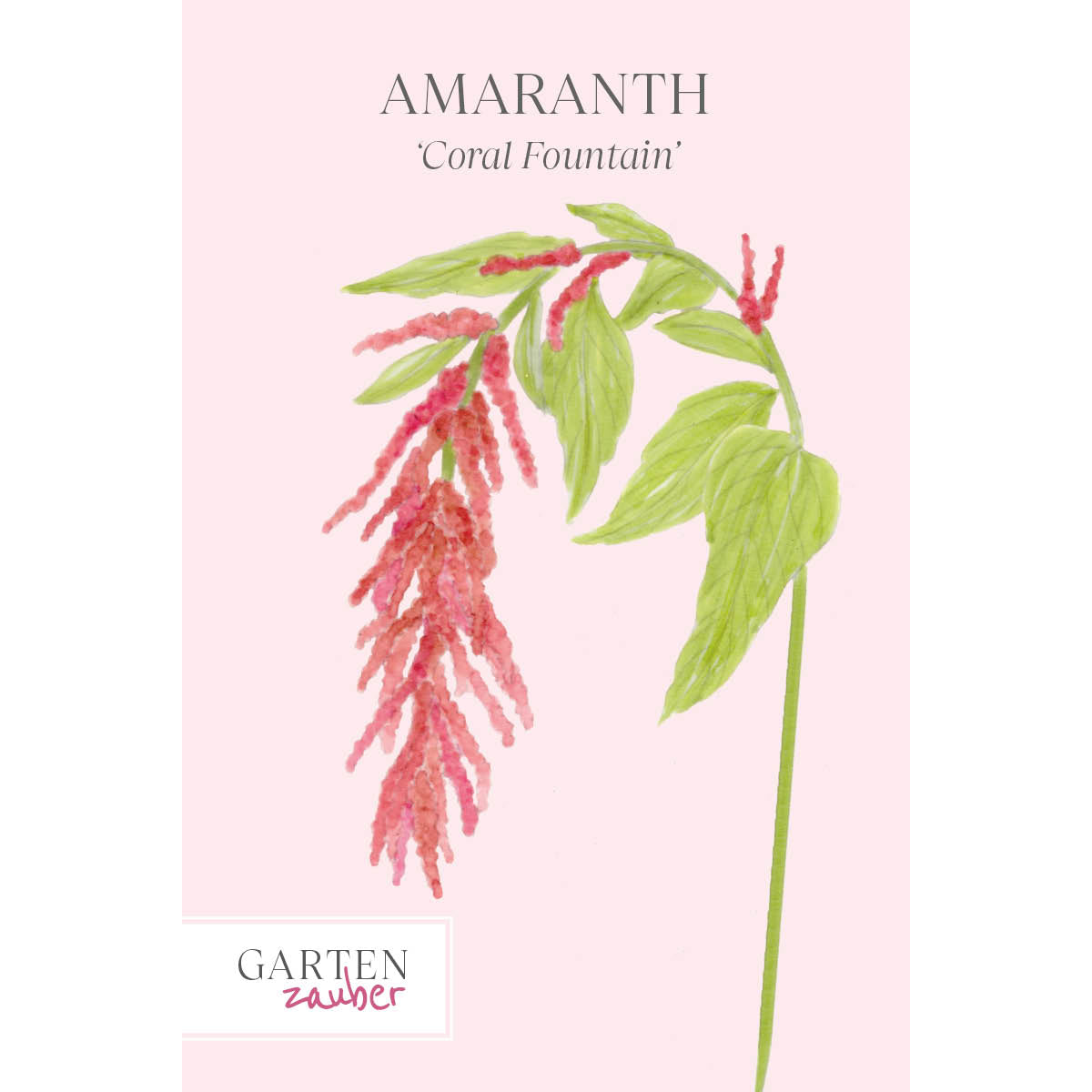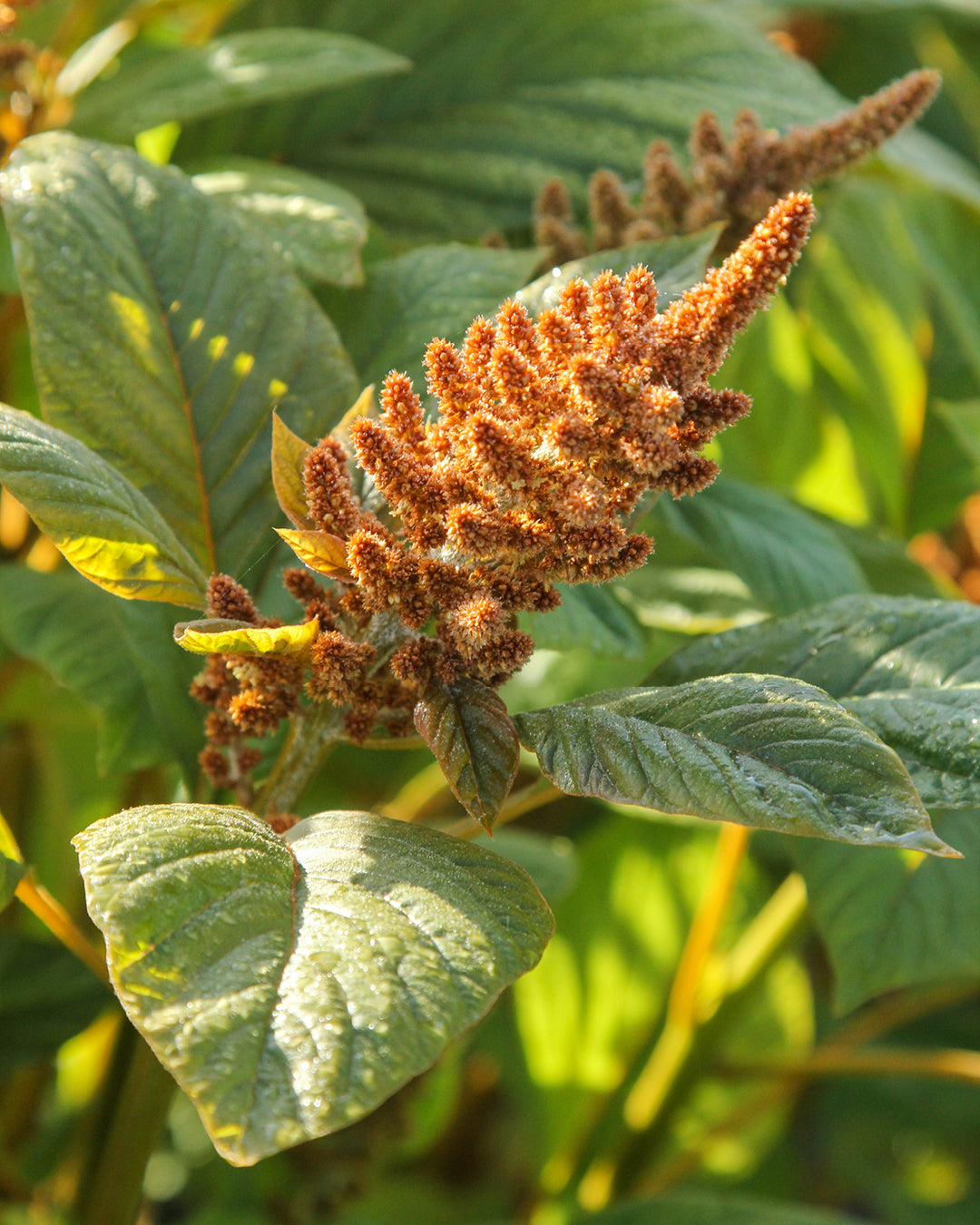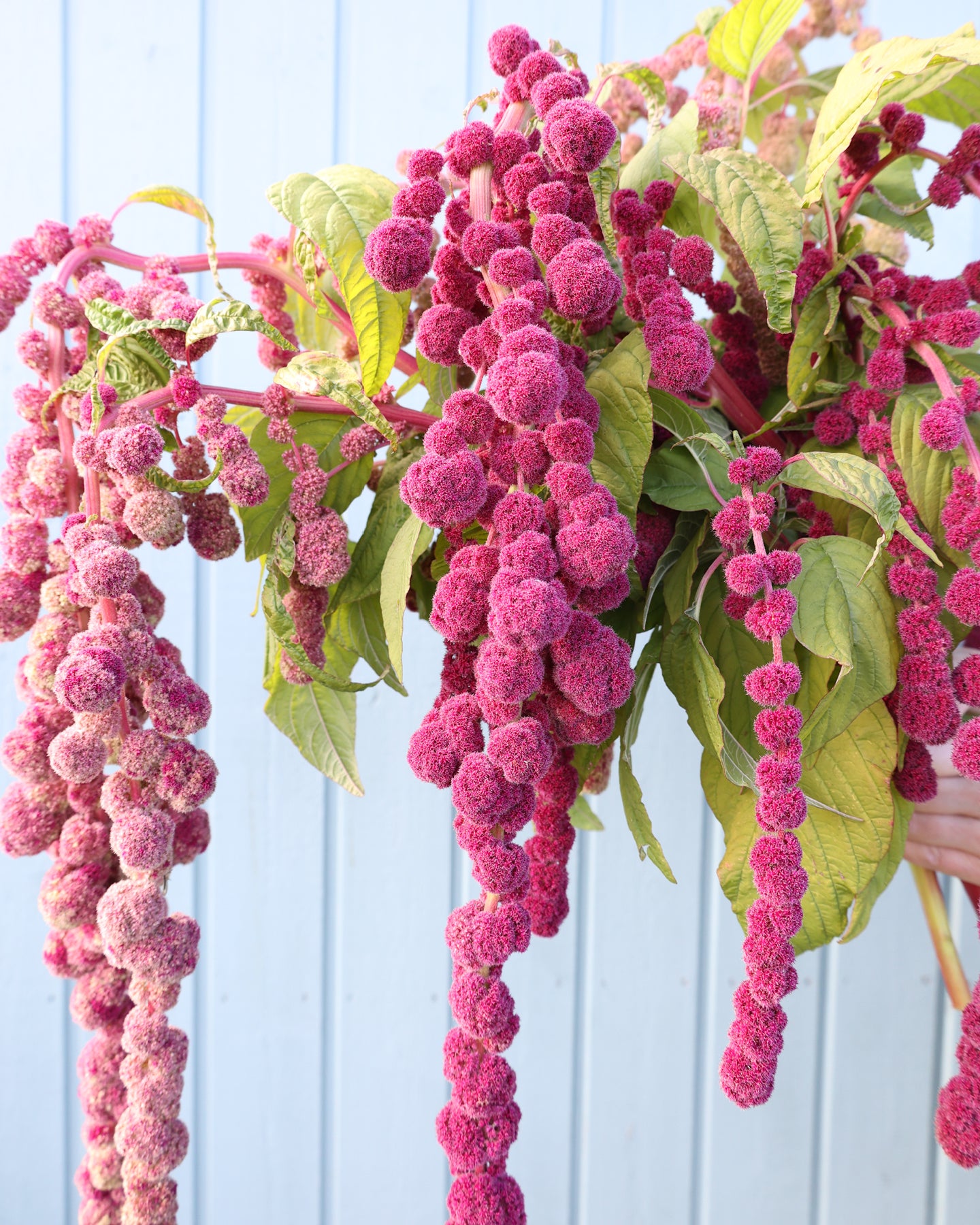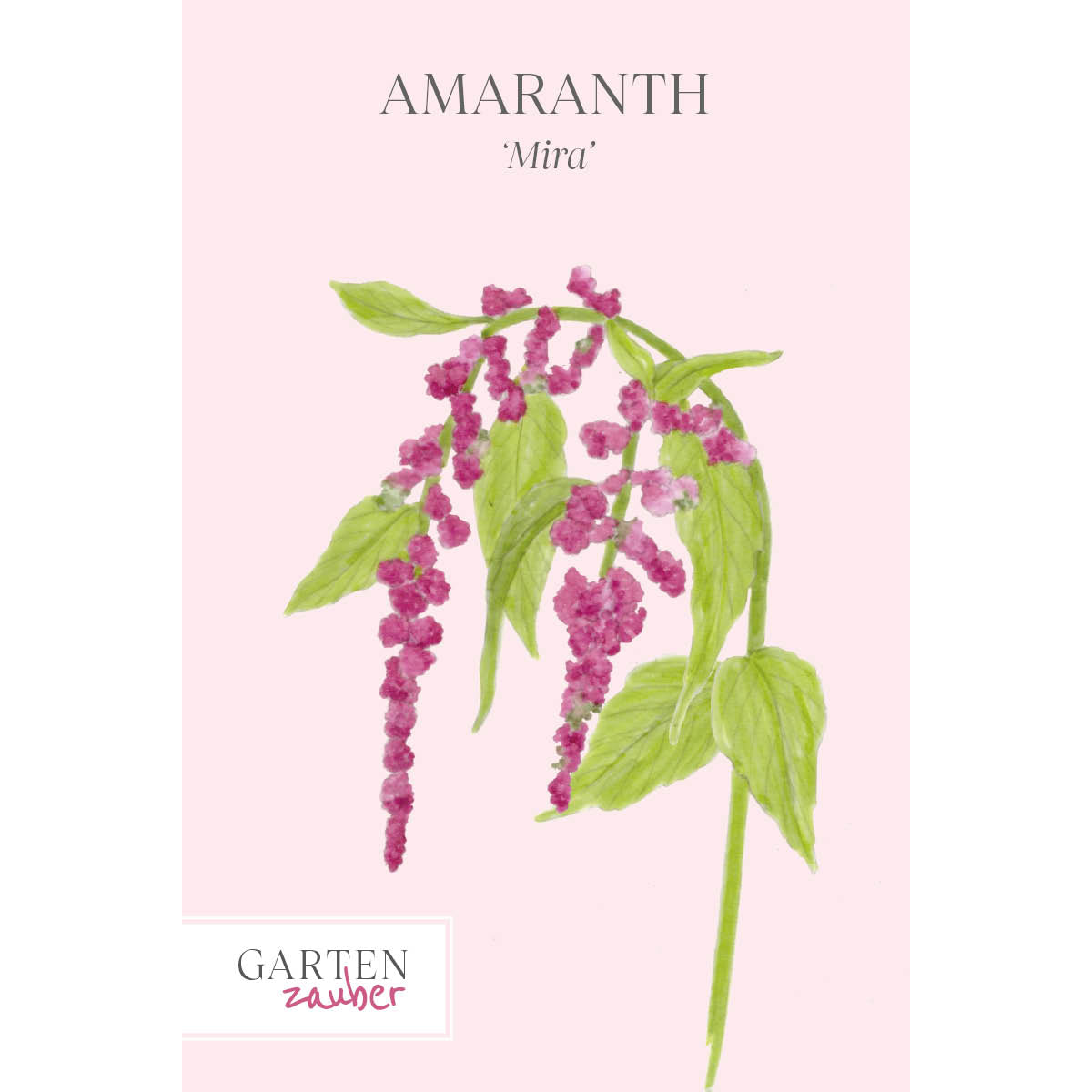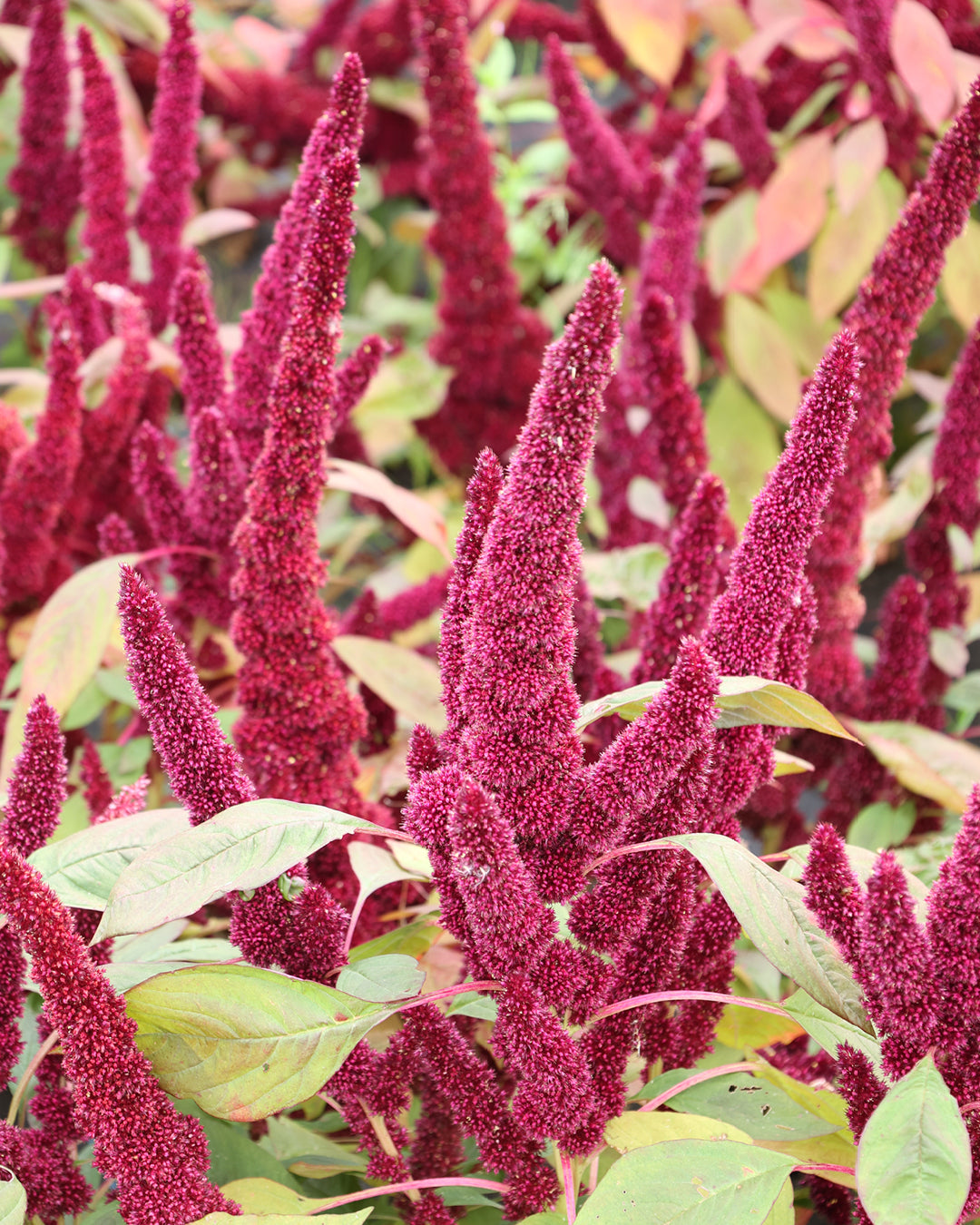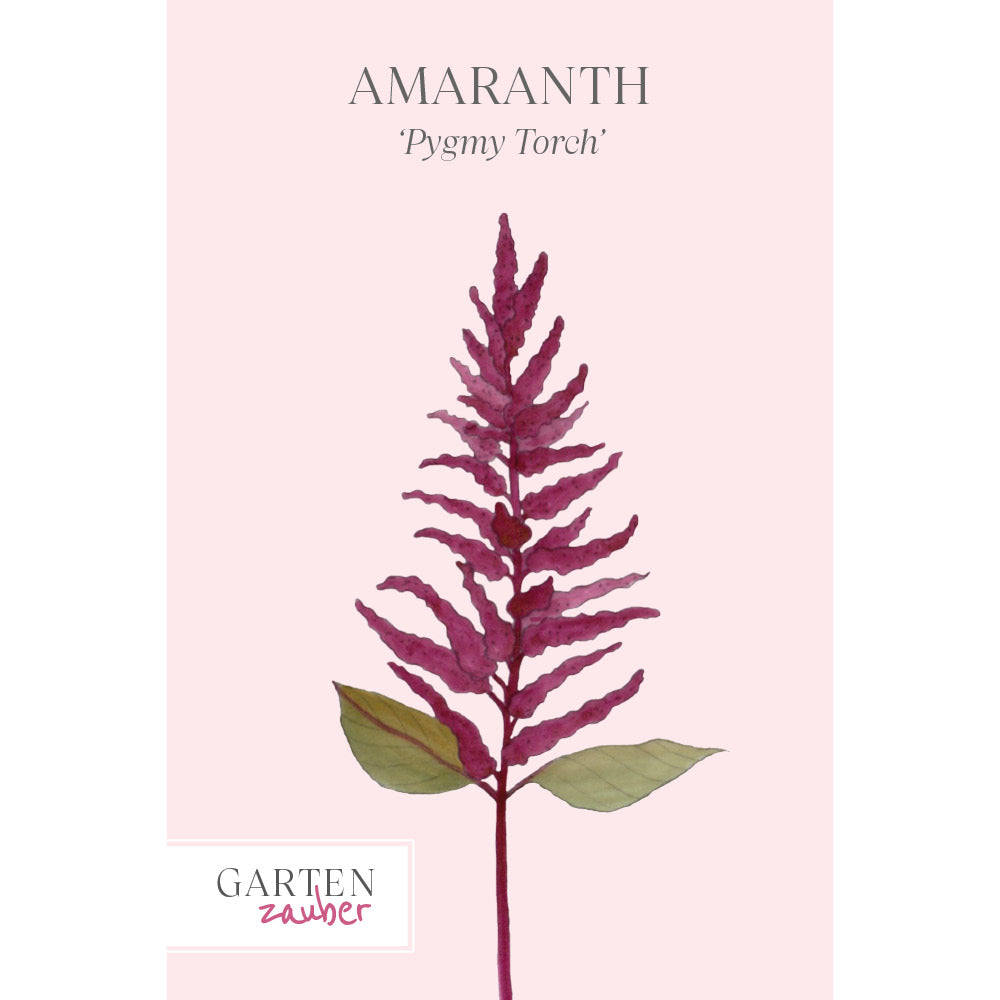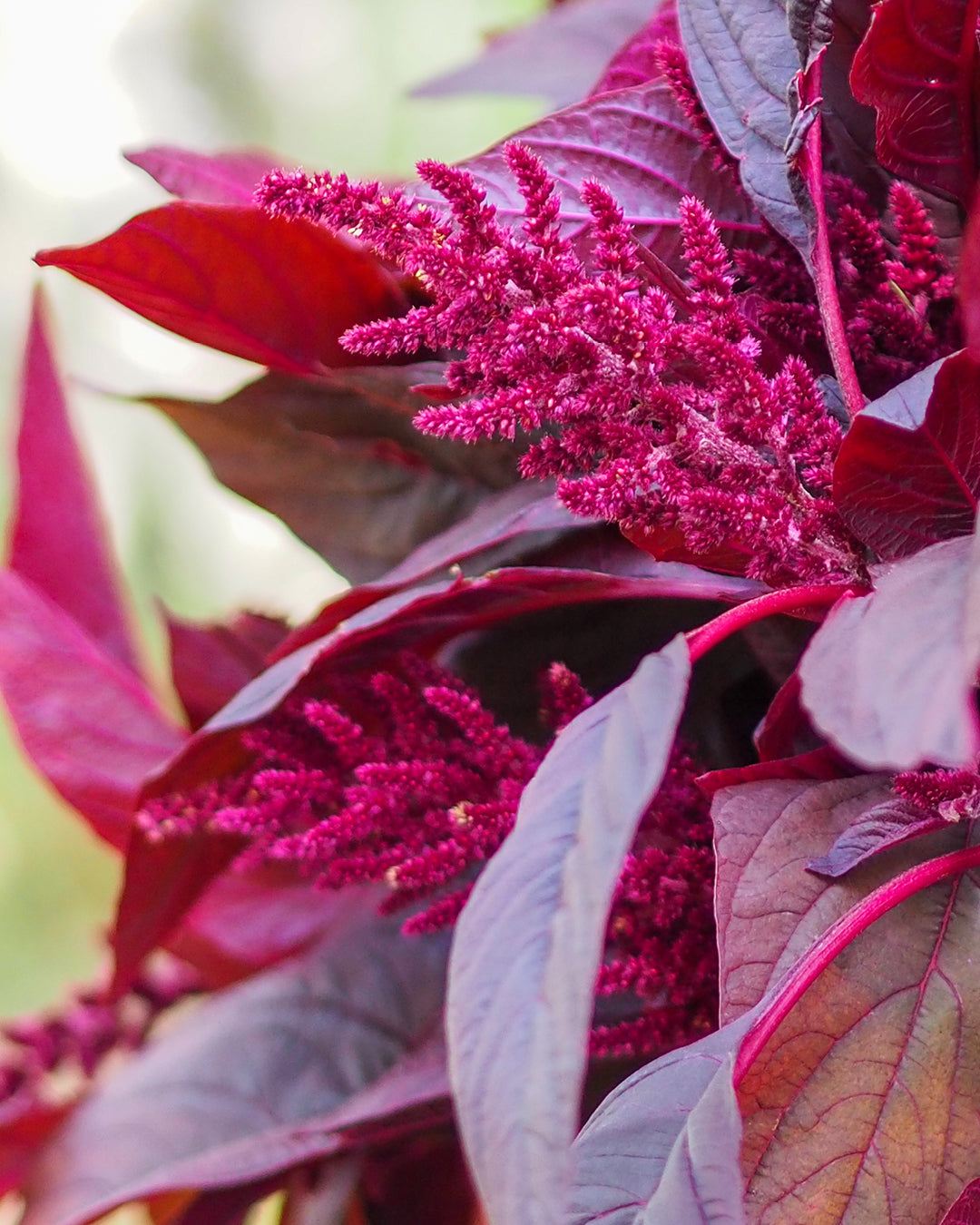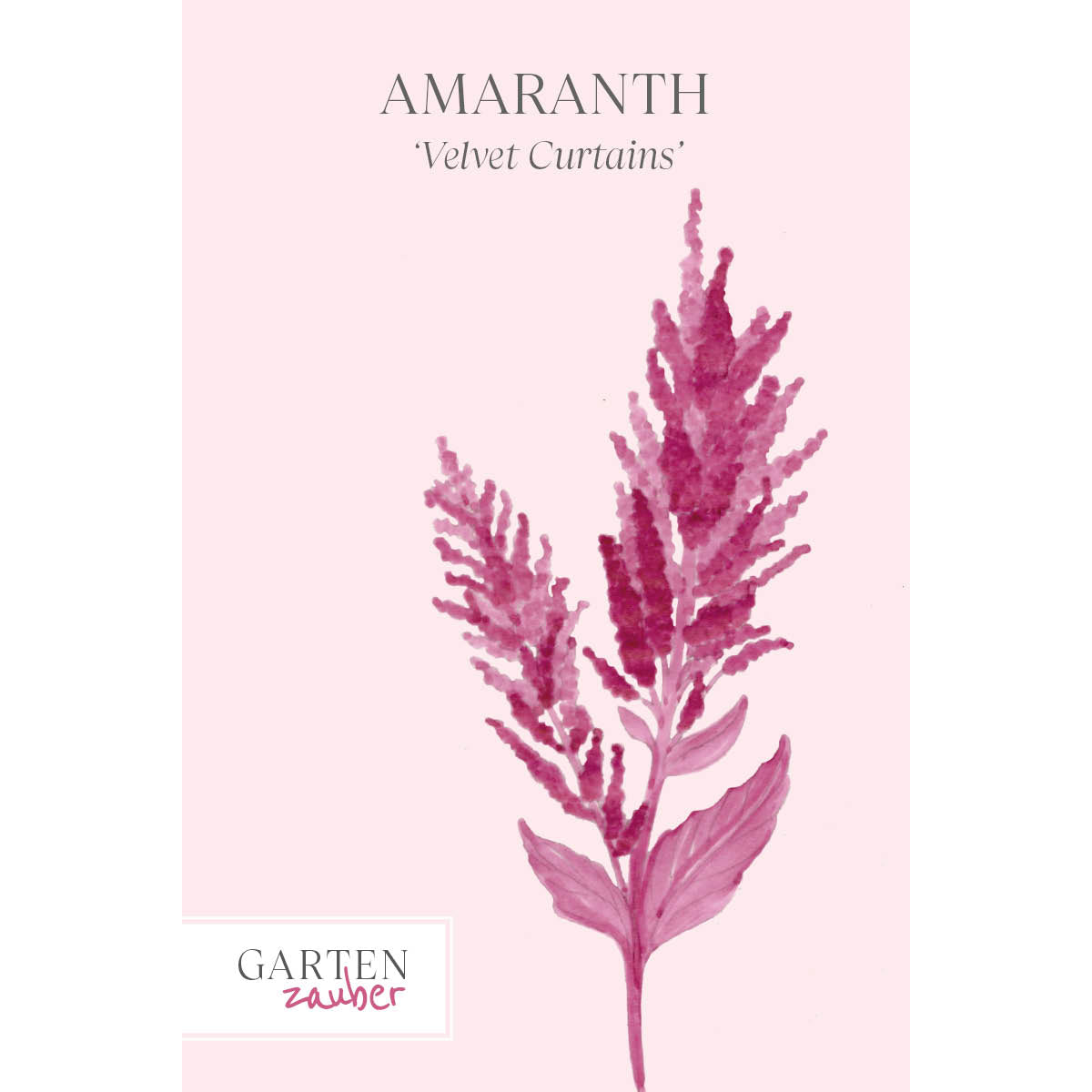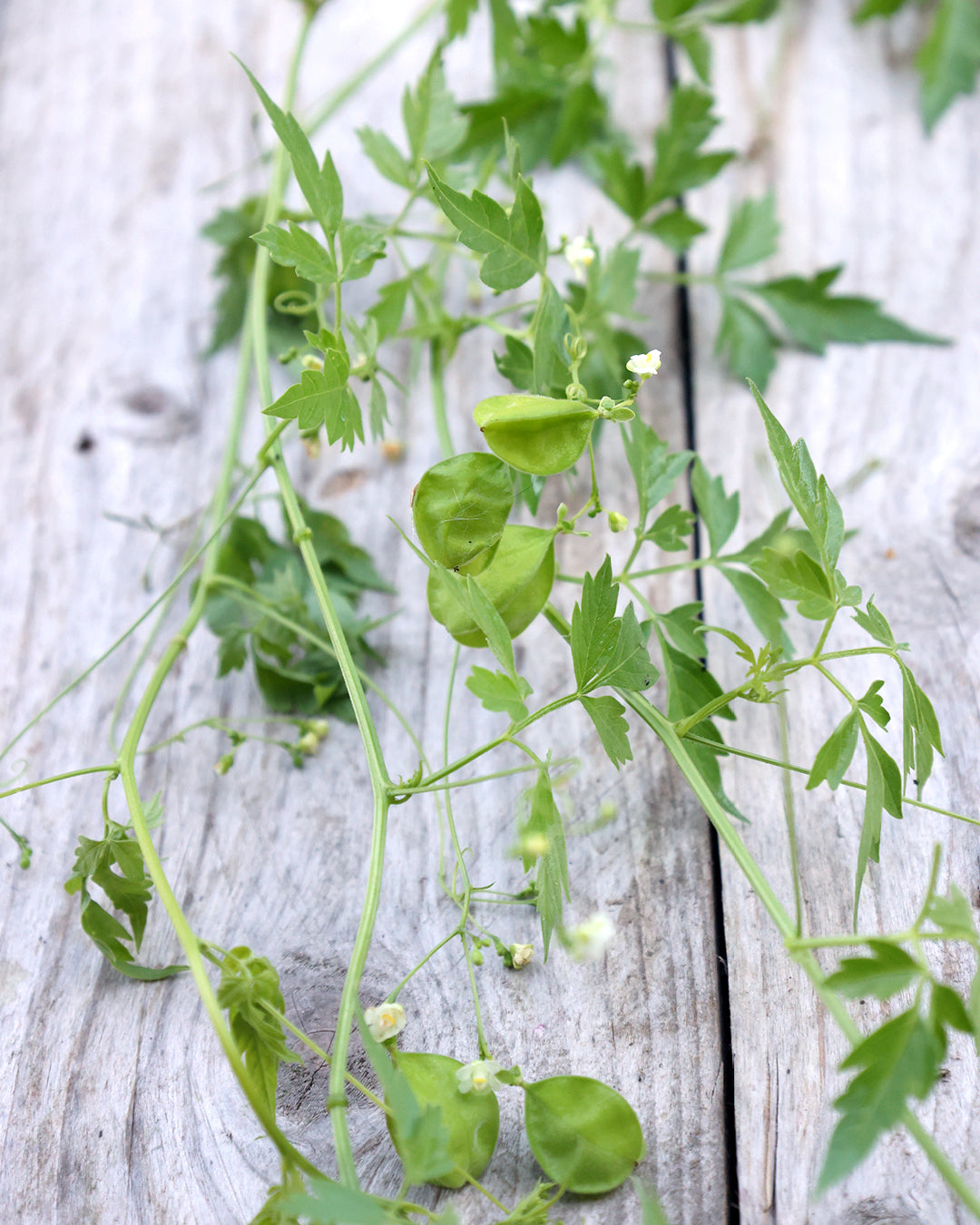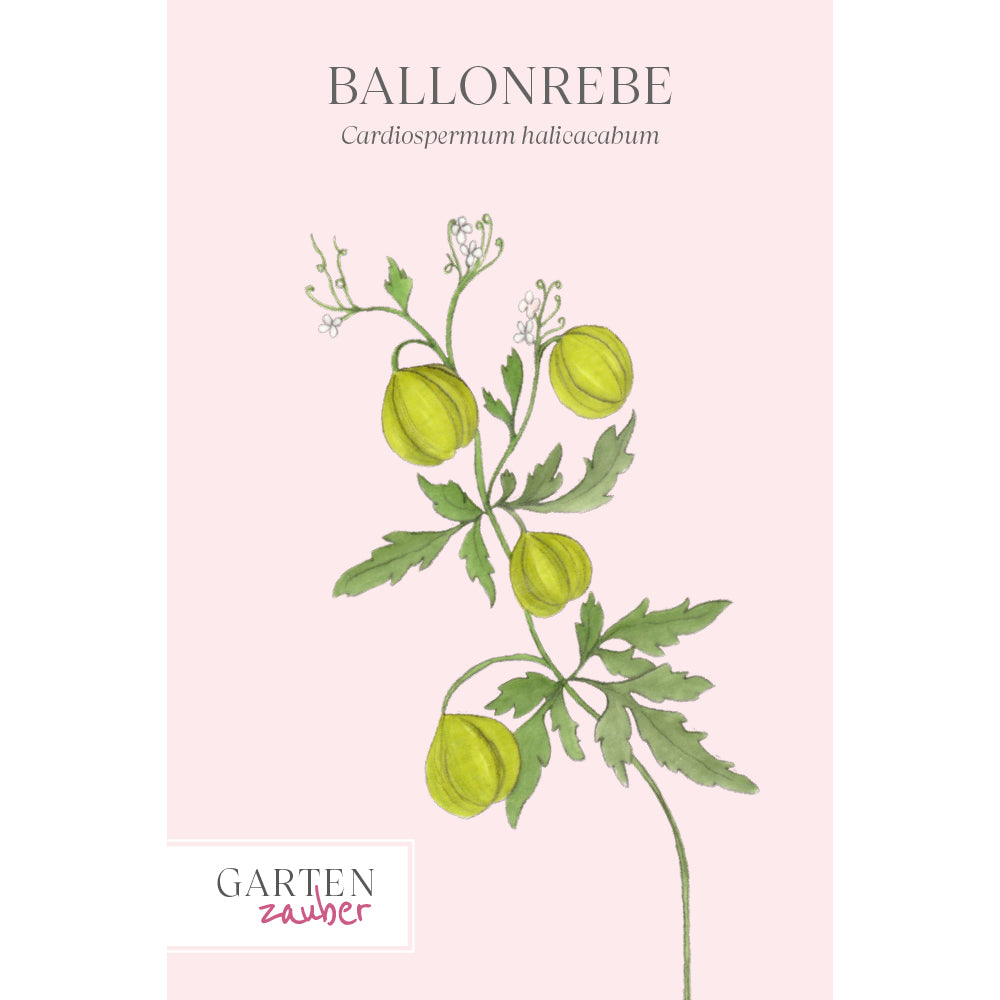1x1 of the anemones (Anemone coronaria)

How do you plant anemones correctly?
Planting time
The bulbs can be planted in autumn or early spring.
Location
Anemones thrive in a sunny to partially shaded location with well-drained, humus-rich soil and consistent soil moisture. Heavy clay soils that tend to become waterlogged should be made more permeable with sand.
Planting depth
The ideal planting depth for anemones is 5-7 cm.
Planting distance
The tubers should be spaced about 10-15 cm apart.
heyday
The anemones usually bloom from spring to early summer.
Height
They reach a height of about 20-30 cm.

Practical tips
Forcing anemones
To force anemones, their tubers should first be soaked in water for five hours in August and then placed in potting soil until they sprout. Ideally, this should be done at around 15 degrees Celsius and takes about two weeks. After that, they can either continue to force in small pots or be planted directly in the garden bed.
Once the anemones have sprouted, they should be planted in loose, humus-rich soil, enriched with compost, about 3 to 5 cm deep. They will then develop a small rosette of leaves by late autumn and overwinter well. Compared to ranunculus, anemones are less sensitive to frost and wind and require little care. However, at temperatures around -4 °C, they should be protected with fleece.
From January and February, the anemones begin to grow vigorously, and the first flowers appear in March. They generally bloom about 3-4 months after planting and remain in bloom for about 4-6 weeks. Early-planted specimens have longer flowering periods and longer stems than later-planted ones. Once temperatures regularly reach around 20°C, they enter a dormant phase. Regular harvesting promotes a longer flowering period for the anemones.
Anemones on the balcony
Anemones can also be planted on balconies: The small, pre-grown tubers are simply placed in a box of loose, nutrient-rich soil in the fall, about 15 cm apart. As in the garden, the box should be protected with fleece during severe frost, and care should be taken to prevent the soil from drying out in winter.

Anemones as cut flowers
Cutting anemones is straightforward because they have long, unbranched stems, typically producing 4-6 stems from the rosette of leaves. The best time to cut is when the buds are still slightly closed. To preserve the anemones in a vase as long as possible and ensure the largest blooms, harvest them as soon as the flowers detach about 1 cm from the green leaf collar.
Anemones are extremely long-lasting cut flowers that should ideally be harvested as soon as the flowers open. These open during daylight and close at night. Therefore, it is recommended to harvest in the morning or evening when the flowers are still closed to avoid damaging the open petals.
durability
Anemones last a very long time in a vase, between six and eight days. Like tulips, anemones stretch a little further in a vase. The stems may bend overnight, but they will remain straight if they are placed upright in a taller vase or tied in bunches: once under the flower heads and once at the stem ends.
Storing anemones
After flowering, around mid-May, the anemones can be removed from the bed to make room for annual summer flowers. The soil can be gently shaken off the tubers before they are stored in a box in the shed or garage. In late summer, slightly moist potting soil is added to the box to encourage the anemones to sprout again.
Diseases
Anemones are generally very disease-resistant. The only caution is that during humid periods, spent flower heads can become a breeding ground for fungal infections, which could affect young buds and flowers. This can be prevented, however, by regularly removing spent flower heads before the petals fall off, as well as by cutting them back before heavy rain.
Caution: poisonous!
Like many anemones, the crown anemone is toxic to humans and animals. Its sap can cause skin irritation. Therefore, gloves should always be worn when caring for it and hands should be washed thoroughly after use.

Anemonen schneiden & in der Vase arrangieren
Schneide Anemonen am besten am frühen Morgen, wenn die Blütenköpfe leicht geöffnet sind. Entferne die unteren Blätter und stelle die Stiele in frisches Wasser.
Tipp: In der Vase halten sie 5 – 7 Tage – besonders schön in Kombination mit Ranunkeln!
Anemonen überwintern – Was du beachten solltest
Anemone coronaria ist bedingt winterhart. In milden Regionen mit Frost bis -5 Grad kannst du die Knollen im Beet lassen, gut mit Laub oder Vlies geschützt. In raueren Lagen empfehlen wir, die Knollen im Herbst auszugraben und kühl, trocken und luftig zu lagern – etwa in einer Papiertüte im Keller.
Im Frühjahr kannst du sie dann neu setzen und dich wieder an ihrer Blütenfülle erfreuen.
Farben, Formen & Lieblingssorten
Unsere Anemonen-Auswahl umfasst kräftige Farben wie Violett, Bordeauxrot und Azurblau ebenso wie zarte Pastelltöne der Züchtungeslinien:
- Levante® - Doppelblütige Anemonen mit opulenten, mehrschichtigen Blüten und intensiver Farbpalette
- Mistral® - Früh, robust & farbkräftig mit hoher Blütenzahl
- Mistral Plus® - Langanhaltende, große Blüten in intensiven Farben mit luxuriösem Erscheinungsbild
Entdecke hier unsere exklusiven Anemonen Knollen
Unsere Knollen stammen aus professionellem Anbau und werden mit großer Sorgfalt ausgewählt und verpackt. Ob für Beete, Balkonkästen oder Vasen – Anemonen sind eine Bereicherung für jeden Garten.
Häufige Fragen zu Anemonen
Sind Anemonen giftig?
Ja, alle Pflanzenteile sind leicht giftig – bitte Achte auf Kinder und Haustiere.
Kann man Anemonen im Topf pflanzen?
Ja, unbedingt! Wichtig ist ein guter Wasserablauf und im Winter ein möglichst kühler, geschützter Standort und eventuell einen Schutz aus Vlies.
Wann blühen Anemonen?
Je nach Pflanzzeit blühen sie von April bis Juni – bei Herbstpflanzung oft früher.
Sind Anemonen mehrjährig?
Ja, bei guter Pflege und frostfreiem Standort treiben sie jedes Jahr wieder aus.
Frühlingsduett mit Ranunkeln
Du möchtest deinen Garten in ein farbenfrohes Frühlingsmeer verwandeln? Dann kombiniere Anemonen doch mit Ranunkeln – sie harmonieren perfekt in Beet und Vase.
- Zum 1×1 der Ranunkeln – Pflanz- & Pflegetipps entdecken
- Jetzt Ranunkel Knollen im Gartenzauber Onlineshop entdecken

